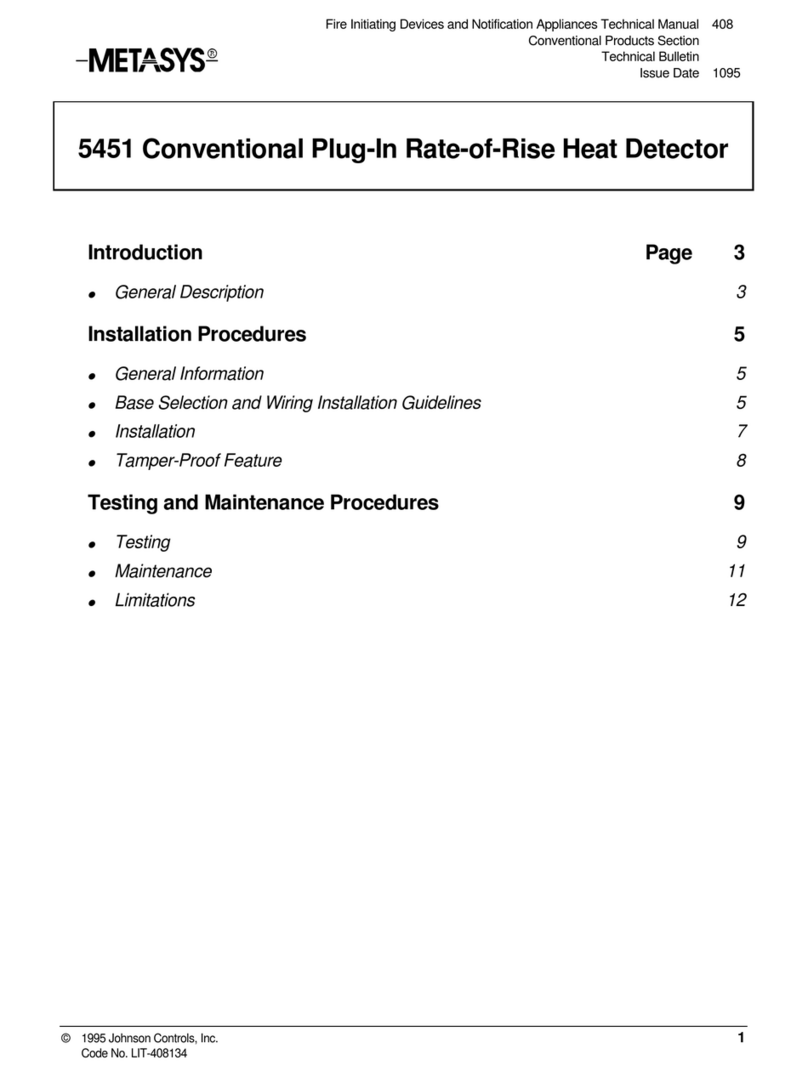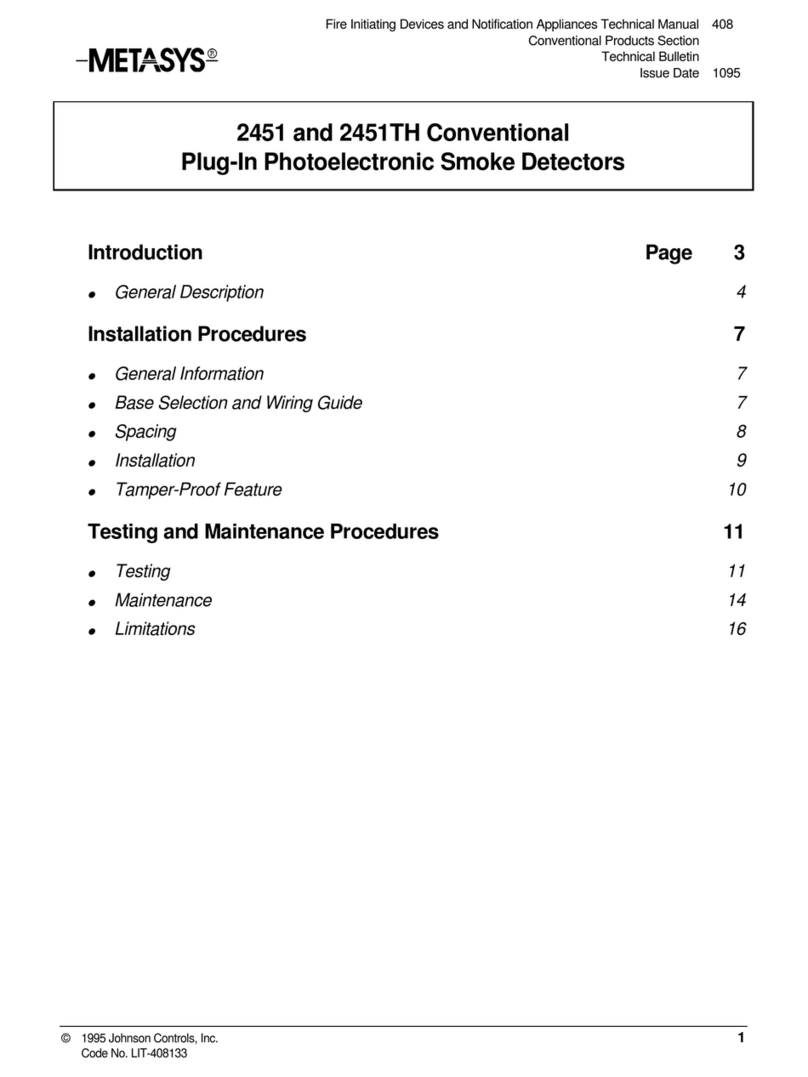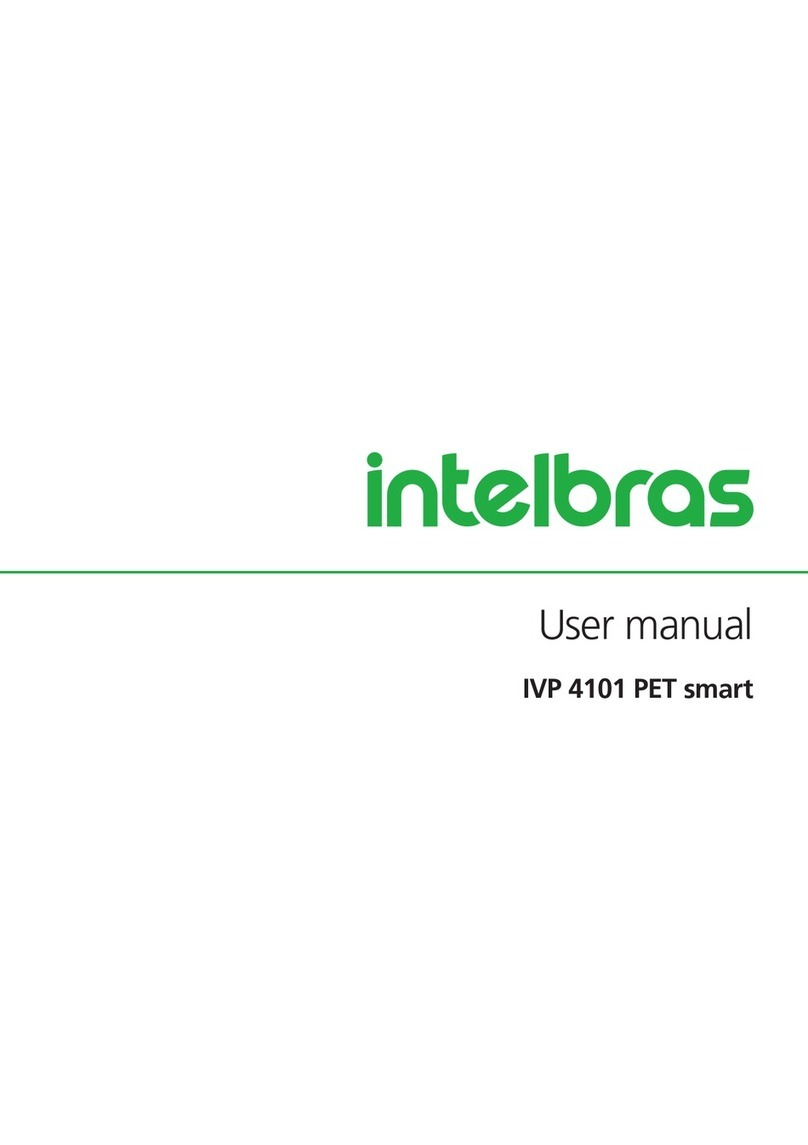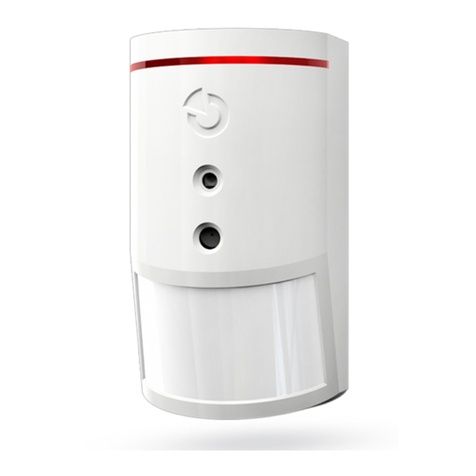Metasys 5551RJ User manual

Fire Initiating Devices and Notification Appliances Technical Manual 408
Intelligent Products Section
Technical Bulletin
Issue Date 1095
© 1995 Johnson Controls, Inc. 1
Code No. LIT-408087
Introduction Page 3
●
General Description 4
Installation Procedures 7
●
General Information 7
●
Spacing 7
●
Wiring Installation Guidelines 7
●
Installation 7
●
Tamper-Proof Feature 9
Testing and Maintenance Procedures 11
●
Testing 11
●
Maintenance 14
●
Limitations 15
5551RJ Intelligent Rate-of-Rise Thermal Detector
with Fixed Temperature Heat Detector

2 Intelligent Products—5551RJ Intelligent Rate-of-Rise Thermal Detector w/ Fixed Temp. Heat Detector

Intelligent Products—5551RJ Intelligent Rate-of-Rise Thermal Detector w/ Fixed Temp. Heat Detector 3
Introduction
This document contains important information about installing and
operating the Johnson Controls 5551RJ intelligent, analog, rate-of-rise
thermal detector with a conventional fixed temperature heat detector. If
you install 5551RJ intelligent rate-of-rise thermal detectors for someone
else to use, you must leave a copy of this document with the user.
Before you install the 5551RJ detector, read and become familiar with:
●the control panel system installation manual
●the requirements of the authority having jurisdiction
●National Fire Protection Association (NFPA)-72-National Fire
Alarm Code
●System Sensor Guide for Proper Use of System Smoke Detectors
Technical Bulletin in the Fire Initiating Devices and Notification
Appliances Technical Manual (FAN 408), which provides detailed
information on detector spacing, placement, zoning, wiring, and
special applications
●or, for non-United States installations, applicable codes and standards
specific to country and locality of installation
Failure to follow these directions may result in failure of the device to
report an alarm or trouble condition. Johnson Controls is not responsible
for devices that have been improperly installed, tested, or maintained by
others.
As is the case with all installations under NFPA, Underwriters
Laboratories, Inc. (UL), Underwriters Laboratories of Canada (ULC), or
Canadian Electrical Code classification, final written approval of
permissible operation and configuration rests with the authority having
jurisdiction.

4 Intelligent Products—5551RJ Intelligent Rate-of-Rise Thermal Detector w/ Fixed Temp. Heat Detector
Model 5551RJ intelligent thermal detectors utilize a state-of-the-art dual
thermistor sensing circuit for fast response. The detector transmits an
analog representation of the smoke density over a communication
Signaling Line Circuit (SLC) to the fire alarm control panel. These
detectors are designed to provide open area protection with 50 foot
spacing capability, and are designed to be used with compatible control
panels only.
!
CAUTION: Equipment hazard. Do not use in potentially
explosive atmospheres. Do not leave unused
wires exposed.
Rotary decade switches are provided on the back of the detector for setting
the detector’s SLC address.
The detector has two Light Emitting Diodes (LEDs) that provide visual
indication of the detector’s status. In normal mode, the LEDs blink every
time the detector is polled by the control panel when the blink feature is
enabled in the system programming of the control panel. When the
detector is in alarm, the LEDs are latched into a constant On condition.
When the system and the detector is reset after an alarm, the LEDs will
return to the normal blink mode if programmed.
Note that only five detectors on any one SLC can latch on the detector
LEDs in the alarm condition. However, if the detectors are designed to
limit the current drawn from the SLC, the system can be programmed to
latch on more LEDs when additional detectors are in alarm. This mode is
needed if a relay or sounder detector mounting base is used when
controlling an auxiliary function such as equipment control or local
signaling, or if a duct smoke detector relay controls a HVAC fan.
Remote LED annunciation capability is available as an optional accessory
(RA400Z).
General
Description

Intelligent Products—5551RJ Intelligent Rate-of-Rise Thermal Detector w/ Fixed Temp. Heat Detector 5
Table 1: Specifications Summary
Specifications
Diameter 6.1 in. (154.94 mm) including
the B501BJ base
4.1 in. (104.14 mm) installed in the B501
Height 1.6 in. (40.64 mm)
Operating Voltage Range 15 to 28 volts DC Peak
Standby Current (nominal) 150
µ
A at 24 VDC
Power Up Surge at Maximum Rated
Voltage 1.5 mA/sec.
LED Current (nominal) 6 mA at 24 VDC
Temperature 32 to 100°F (0 to 38°C)
Humidity 10 to 93% Relative Humidity
Accessories Part Number
Flangeless Adapter Base B501J
Flanged Adapter Base B501BJ
Sounder Base (includes B501J) B501BHJ
Relay Base B524RBJ
Recessed Mounting Kit (Includes B501J) RMK400
Retrofit Replacement Flange for
B501BJ Base F110
Remote LED Annunciator RA400Z
Detector Sensitivity Test Tool MOD400R
Surface Mounting Kit SMK400
Test Magnet M02-04-01
Detector Removal Tool XR-5
In order to assure proper operation this product should be applied as
specified in the applicable NFPA codes and in compliance with its
UL listing.
!
CAUTION: Personal injury hazard. This device will not
operate without electrical power. Frequently, fire
situations may cause an interruption of power. The
system safeguards should be discussed with your
local fire protections specialist.

6 Intelligent Products—5551RJ Intelligent Rate-of-Rise Thermal Detector w/ Fixed Temp. Heat Detector
Johnson Controls smoke detectors are marked with a compatibility
identifier located as the last digit of the five digit code stamped on the base
of the product. Connect detectors only to compatible control units as
indicated in Johnson Controls compatibility chart, which contains a list of
UL Listed control units and detectors. See the Device Compatibility
Technical Bulletin located in the Fire Management Accessories Manual
(FAN 445).

Intelligent Products—5551RJ Intelligent Rate-of-Rise Thermal Detector w/ Fixed Temp. Heat Detector 7
Installation Procedures
This section contains installation information for Johnson Controls
5551RJ intelligent rate-of-rise thermal detectors. Instructions are given for
wiring the detector, and basic installation information is provided.
The National Fire Protection Association (NFPA)-72-National Fire
Alarm Code defines the spacing requirements for smoke detectors.
Typically, this is 30 foot centers for mounting (maximum of 21 foot radius
of each detector) when the detectors are installed on a smooth ceiling no
higher than a foot. Room configuration and operating environment may
require a reduction in the standard maximum 900 square foot coverage for
each detector.
All wiring must conform to applicable local codes, ordinances, and
regulations. Verify that all detector bases are installed and the wiring
polarity is correct at each base. Proper wire gauges should be used. The
installation wires should be color-coded to limit wiring mistakes and ease
system troubleshooting. Improper connections will prevent a system from
responding properly in the event of a fire.
Bases are provided with screw terminals for Signaling Line Circuit (SLC)
communications/power, ground, and remote annunciator connections.
Refer to the selected plug-in detector mounting base document located in
the Fire Initiating Devices and Notification Appliances Technical Manual
(FAN 408) for installation and wiring instructions.
!
WARNING: Equipment hazard. Disconnect power from the
control panel before installing detectors.
If the fire system was previously installed, inform the operator and
appropriate local authorities that the system will be temporarily out of
service.
!
WARNING: Equipment hazard. Remove power from the loop
before installing detectors.
General
Information
Spacing
Wiring
Installation
Guidelines
Installation
Installing the
5551RJ Detector

8 Intelligent Products—5551RJ Intelligent Rate-of-Rise Thermal Detector w/ Fixed Temp. Heat Detector
To install detectors:
1. Wire the detector base (supplied separately) per the wiring diagram
provided in the detector base technical bulletin.
2. Set the detector to a desired SLC address on the detector rotary
switches (Figure 1), and then write the address on the label on the
base. Set the detector address by:
●rotating the right dial so that the arrow points to the address
unit digit
●rotating the left dial so that the arrow points to the address
decade digit
3. Install the detector into the detector base.
4. Turn the detector clockwise until it drops into place.
5. Continue turning the detector clockwise to lock it in place.
6. Enable the tamper-proof feature. For instructions see the
Tamper-Proof Feature section of this technical bulletin.
7. After all detectors have been installed, apply power to the SLC or
control unit.
8. Remove the detector dust cover if the operating environment is free of
excessive dust as is typically encountered during construction.
9. Test the detector by following the procedure in the Testing section of
this technical bulletin.
testmag3
Figure 1: Rotary Decade Address Switches
Dust covers can be used to help limit dust entry to the detector, but they
are not a substitute for removing the detector during building construction.
If detectors are mounted in a construction area, with or without the dust
cover in place, each detector should be thoroughly cleaned, inspected, and
tested after construction is complete. Remove any dust covers before
placing system in service.
Limiting Dust
Exposure

Intelligent Products—5551RJ Intelligent Rate-of-Rise Thermal Detector w/ Fixed Temp. Heat Detector 9
This detector includes a tamper-proof feature that prevents removal of the
detector without the use of a tool.
To make the detector tamper-proof:
1. Break off the smaller tab at the scribed line on the tamper proof tab on
the detector mounting bracket.
2. Install the detector.
tm prprf
Plastic Lever
Break tab at
dotted line b
y
twistin
g
toward
center of base.
Figure 2: Activating the Tamper-Proof Feature
To remove the detector from the bracket once it has been made
tamper-proof:
1. Use a pocket screwdriver, or similar tool, and depress the
tamper-proof tab located in the slot on the mounting bracket.
2. Turn the detector counterclockwise until it separates from the base.
See the applicable detector base data for the location of the tamper-proof
break-off tab and the location of the tool insertion point.
remdetct
Use sm all-bladed
screwdriver to
push plastic lever
in direction of arrow.
Figure 3: Removing the Detector Head from the Base
The tamper-proof feature may be defeated by breaking and removing
the plastic lever from the base. However, this prevents using the
feature again.
Tamper-Proof
Feature

10 Intelligent Products—5551RJ Intelligent Rate-of-Rise Thermal Detector w/ Fixed Temp. Heat Detector

Intelligent Products—5551RJ Intelligent Rate-of-Rise Thermal Detector w/ Fixed Temp. Heat Detector 11
Testing and Maintenance
Procedures
All detectors must be tested after installation and periodically thereafter.
Testing methods must satisfy the authority having jurisdiction. Detectors
offer maximum performance when they are tested and maintained in
compliance with NFPA 72-National Fire Alarm Code.
Before testing, notify the proper authorities that the smoke detection
system will be temporarily out of service while undergoing testing and
maintenance.
After a detector is set into alarm by one of the following test methods and
the alarm activating device is removed from the detector, the system
should be reset at the control panel before testing any additional detectors.
After all testing is complete, notify the proper authorities that the system is
again in service.
All detectors must be tested after installation and periodically thereafter.
Testing methods must satisfy the authority having jurisdiction. Detectors
offer maximum performance when they are tested and maintained in
compliance with NFPA 72-National Fire Alarm Code.
Before you check each detector:
●Check and make sure the LEDs blink.
If they do not blink, and LEDs on other detectors and/or modules on the
same SLC blink:
●Check the connection between the SLC and the detector.
●Check the data base to make sure the detector is programmed
correctly.
●If the LEDs on the detector still do not blink, return the detector to
Johnson Controls for servicing.
●If the LEDs on the other detectors and/or modules do not blink, check
the SLC connections at the control panel.
The sensitivity and function of each detector must be tested after the initial
installation and periodically thereafter. Refer to the NFPA-72-National
Fire Alarm Code for the required frequency. Check with your local
authority for the requirements in your area.
Testing
Individual
Detector Tests

12 Intelligent Products—5551RJ Intelligent Rate-of-Rise Thermal Detector w/ Fixed Temp. Heat Detector
Functional Test Magnet (Model M02-04-01)
This detector can be functionally tested with a test magnet. The test
magnet causes the electronic simulation of smoke in the sensing chamber,
and tests the detector’s electronics and connections to the control panel.
1. Test each detector by placing the M02-04-01 magnet against the
plastic housing (Figure 4).
2. The system should report the alarm within ten seconds (unless
detector verification time is selected).
Refer to the control panel user’s manual, Handling an Alarm
Message, for detailed information on what the system does when an
alarm is reported, acknowledging the alarm, and resetting the system.
3. After the system is reset, the LEDs on each detector should blink, if
the blink function is enabled in the system programming on the
control panel, each time they are polled by the control panel.
testswc6
LED
Test Module
Socket
Test Magnet .....
Painted
Surface
LED
Test
Magnet
Figure 4: Bottom and Side Views Showing Position
of Test Magnet
Direct Heat Method (Hair Dryer of 1000-1500 watts)
Care must be taken when you are using a source of heat to avoid damaging
the detector or other property.
1. Direct the heat toward the thermal collector.
2. Place the hair dryer or a shielded heat lamp 12 inches from the
detector.
3. The system should report the alarm within ten seconds unless detector
verification time is selected.
4. After the system is reset, the LEDs on each detector should blink, if
enabled, each time they are polled by the control panel.
Detectors that fail this test should be cleaned as described in the
Maintenance section of this technical bulletin and retested. If the detector
fails the test after cleaning, it must be replaced and returned for repair.
Testing the
5551RJ Detector

Intelligent Products—5551RJ Intelligent Rate-of-Rise Thermal Detector w/ Fixed Temp. Heat Detector 13
You can test all of the intelligent detectors programmed in the system by
issuing a command at the control panel.
This test checks:
●if the detectors are communicating with the control panel
●if the detectors are in the proper sensitivity range
●for any detectors that are in alarm
●for any detectors that are reporting a trouble condition
The test can be performed while the system is in normal operation.
The test will not sound any alarms.
Note: Check with the local authority having jurisdiction to determine
whether you must perform the individual tests on each detector or
whether the following test is acceptable in your area.
Refer to the control panel technical manual for detailed information on
testing the intelligent detectors from the control panel.
After maintenance is complete and the system is returned to normal
operation, inform the authorities that the system is back in service.
Control Panel
Test

14 Intelligent Products—5551RJ Intelligent Rate-of-Rise Thermal Detector w/ Fixed Temp. Heat Detector
Before cleaning, notify the operator of the fire system that it will be
temporarily out of service during the maintenance procedures. Disable the
SLC or system undergoing maintenance to prevent unwanted alarms.
If you expect the system to be down for four hours or longer, inform the
local authorities.
1. Remove from the detector base to facilitate easier cleaning.
2. Use a vacuum cleaner to remove dust from the sensing chamber.
After maintenance is complete, the detector tested for proper information,
and the system is returned to normal operation, inform the authorities that
the system is back in service.
Maintenance

Intelligent Products—5551RJ Intelligent Rate-of-Rise Thermal Detector w/ Fixed Temp. Heat Detector 15
This detector is designed for installation in accordance with NFPA
Standard 71 and 72, or national codes and standards specific to country of
installation.
●Thermal detectors are designed to protect property, not life. They do
not provide early warning of fire and cannot detect smoke, gas,
combustion particles, or flame. They alarm when temperatures at the
thermal heat detector reach 140°F (60°C). Given the rapid growth of
certain types of fires, thermal detectors cannot be expected to provide
adequate warning of fires resulting from inadequate fire protection
practices, violent explosions, escaping gas, improper storage of
flammable liquids like cleaning solvents, other safety hazards,
or arson.
●Thermal detectors do not always detect fires because the fire may be a
slow smoldering, low heat type (producing smoke), they may not be
near where the fire occurs, or the heat of the fire bypasses them.
●Thermal detectors are components in a professionally installed fire
alarm system. They will not function if they have been improperly
wired into the fire alarm system or if they are disconnected from
the system.
●Thermal detectors have a limited life. They should be tested and
maintained following the instructions in this manual. To be safe, they
should be replaced after they have been installed for 15 years.
●Your local Johnson Controls branch office can provide a Planned
Service Agreement, which will ensure optimal system performance.
Limitations

16 Intelligent Products—5551RJ Intelligent Rate-of-Rise Thermal Detector w/ Fixed Temp. Heat Detector
Notes
Controls Group FAN 408
507 E. Michigan Street Fire Initiating Devices and Notification Appliances Technical Manual
P.O. Box 423 Printed in U.S.A.
Milwaukee, WI 53201
Table of contents
Other Metasys Security Sensor manuals
Popular Security Sensor manuals by other brands

HomeMatic
HomeMatic HM-Sec-MDIR-2 Installation and operating manual
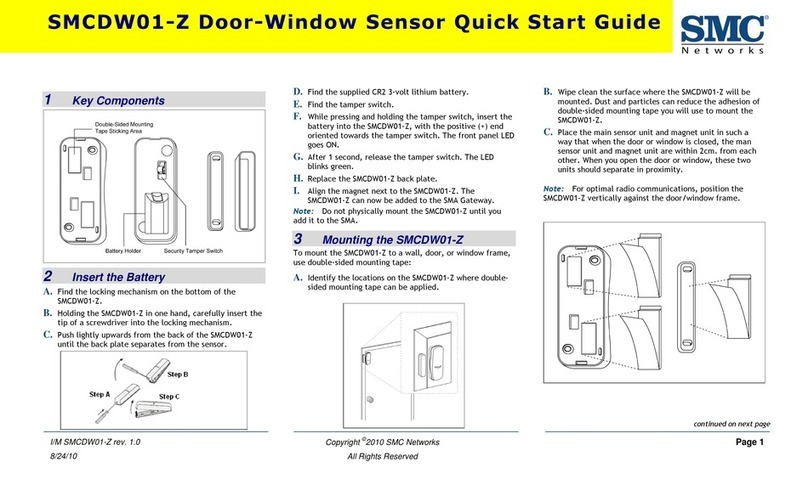
SMC Networks
SMC Networks SMCDW01-Z quick start guide
Inficon
Inficon D-TEK 3 operating manual
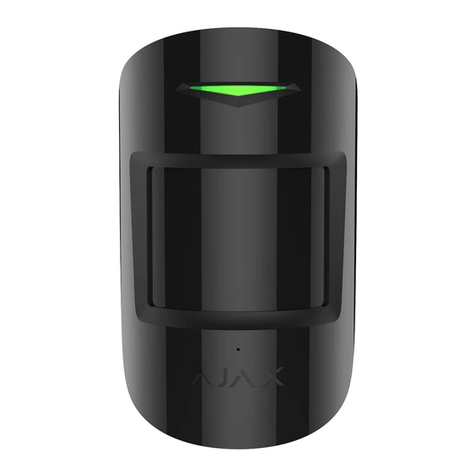
AJAX
AJAX MotionProtect Jeweller user manual
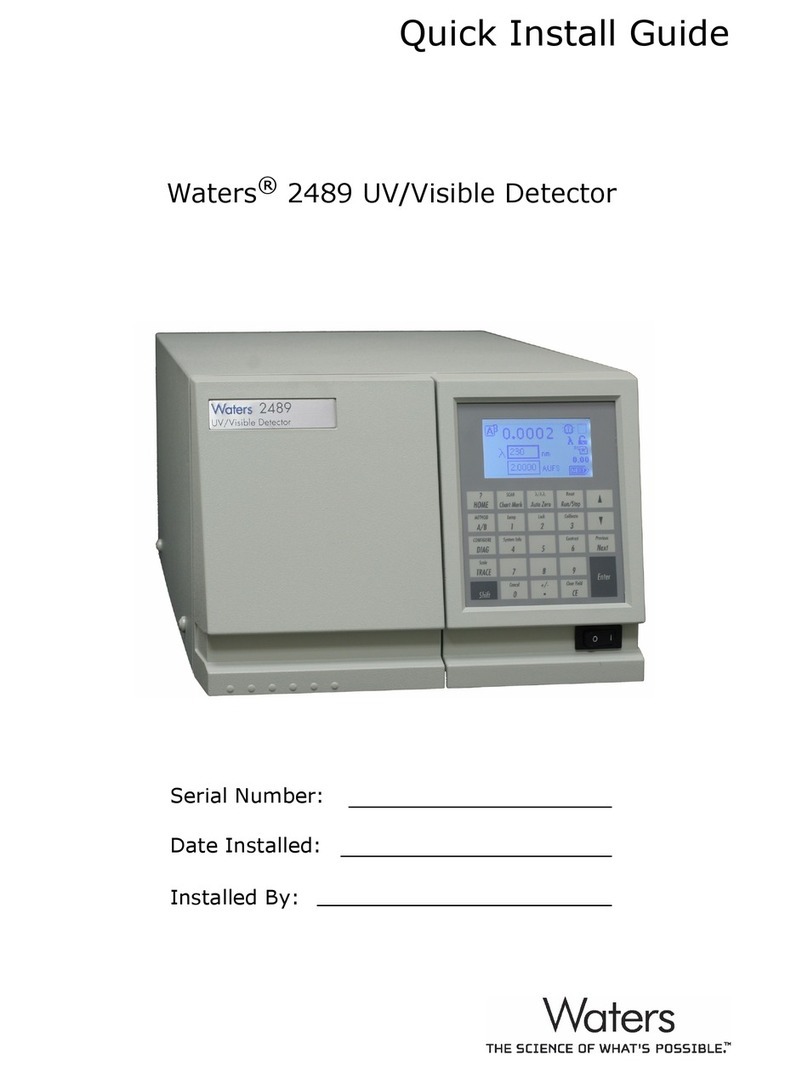
Waters
Waters 2489 Quick install guide
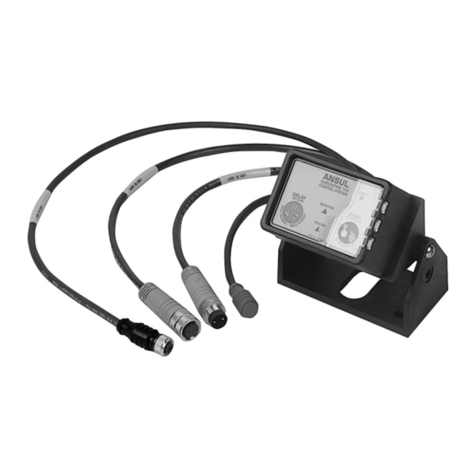
Ansul
Ansul CHECKFIRE 110 Planning, installation, operation, and maintenance manual
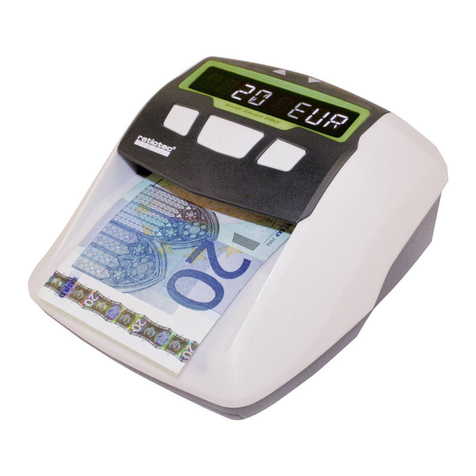
ratiotec
ratiotec Soldi Smart Pro instruction manual

Consilium
Consilium CFD5000 T/CM2.2 Installation & commissioning manual
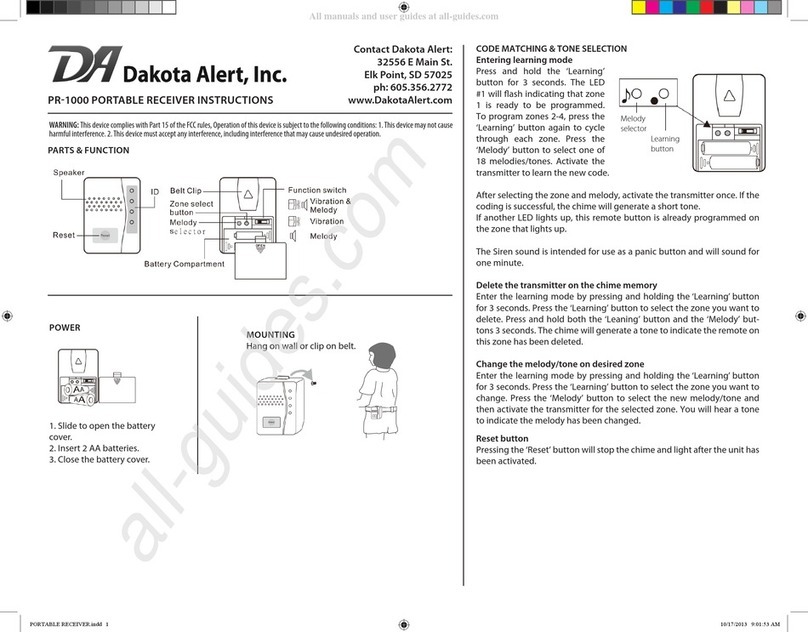
Dakota Alert
Dakota Alert PR-1000 instructions

ADEMCO
ADEMCO FlexGuard 5852 installation instructions
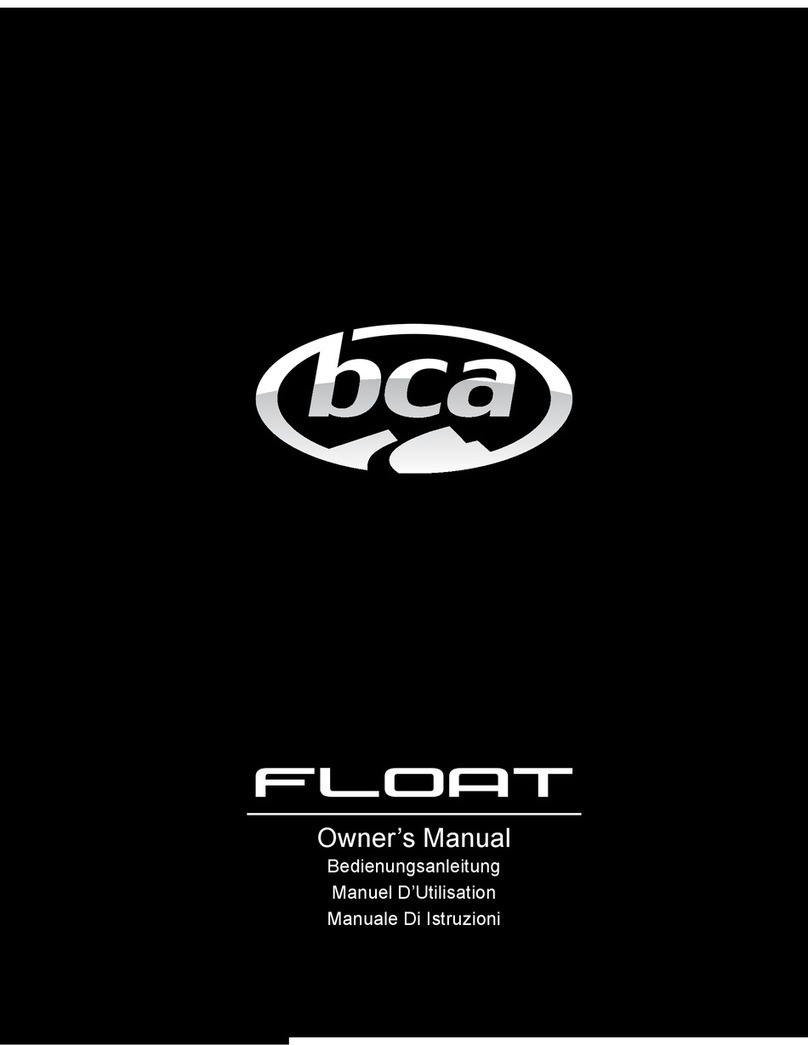
bca
bca FLOAT owner's manual

Interlogix
Interlogix R5812NT Installation instructions and use
